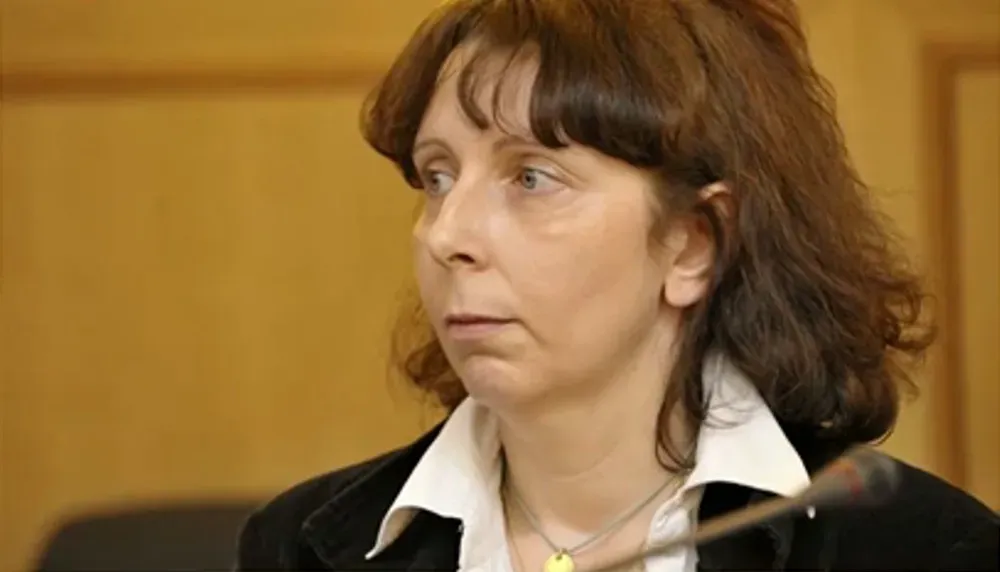Michael Cook
Michael Cook is the editor of MercatorNet. He lives in Sydney, Australia.
Wherever euthanasia is debated, the clincher argument is that it will spare a patient agonising pain in a terminal illness. But as recent cases from Belgium suggest, euthanasia deaths are being used as an escape route from the aftermath of crime by both victims and criminals. And women may be particularly susceptible.
Sixteen years to the day when five of her children died, on February 28, 56-year-old Genevieve Lhermitte was euthanised. Euthanasia for unbearable psychological suffering has become normalised in Belgium, but this case was different.
In 2007 Ms Lhermitte had savagely murdered her children, Yasmine, Nora, Myriam, Mina and Mehdi, aged 15, 12, 10, seven and three respectively, in the family home, slitting their throats or stabbing them to death. Her motive appears to have been to spite her husband, who had been spending too much time in his native Morocco.
A jury found her guilty of premeditated murder and she was sentenced to life imprisonment. In 2015 she married a man incarcerated in a separate prison. In 2019, she was released into a psychiatric hospital. Belgian media reported that Lhermitte died at the Léonard de Vinci hospital in Montigny-le-Tilleul.
Her uncle told the media that she had suffered enough for her crime. “Life was no longer possible for her. She’s served 1,000 sentences in her head; people have to understand. It’s not a Christmas present. Euthanasia can be granted for physical but also psychological suffering.”
And in another dramatic case, a 50-year-old Belgian woman received approval for her euthanasia last week after intense psychological suffering following a violent rape in 2016. Nathalie Huygens said that the experience was so terrible that she thought about it every waking hour.
“I fought all this time day after day to keep myself alive, it is not tenable.” she told the media. “I want the suffering to stop, to end. Knowing now that I can die is somehow reassuring.”
Last year Shanti De Corte, a survivor of a 2016 terrorist bomb in Brussels, was also euthanised. She was 17 at the time. Afterwards she suffered from PTSD and had attempted to commit suicide two times, once after being sexually assaulted in a psychiatric hospital. “That day really cracked her,” her mother told the Belgian TV station VRT. “She never felt safe after that.” Belgium’s Federal Commission for the Control and Evaluation of Euthanasia expressed no particular concerns over the case.
This has happened before in Belgium. In 2014 Ann G, a 44-year-old suffering from anorexia nervosa, was euthanised. What tipped her over the edge was the fact that her psychiatrist, a world-renowned expert in anorexia, had sexually abused her.
Do we have a trend here?
The last execution for a crime committed in peacetime in Belgium took place in 1863, 160 years ago. The last execution of a Belgian woman took place in 1846 – she, too, had murdered one of her children. Belgium was the last country in continental Western Europe to formally abolish the death penalty – in 1996. Since then, abolition of capital punishment has been a fundamental plank in its international human rights advocacy.
Does the euthanasia of Genevieve Lhermitte mean that the death penalty is being revived?
Yes and no. In these tragic cases, we are seeing the evolution of the law from privileging the health of society to the health of the individual. In the 19th century, the state protected itself by eliminating individuals who endangered public health or safety. “Genetically unfit” people were sterilized in the US and many European countries; criminals were hanged or guillotined.
In the age of expressive individualism and the welfare state, where everyone has a right to be whoever they want to be, the health of the individual is paramount. And for some troubled people, eliminating them from society also “protects” them from physical and psychological distress. It is, as some Canadian doctors describe it, a “medically effective” care option. For the women described above, it was a “cure” for guilt and for trauma.
The term “culture of death”, coined by Pope John Paul II, has become something of a conservative cliché. But it’s hard to describe Belgium’s approach to euthanasia as anything else. It’s not a culture of care, or of solidarity, or of kindness. It’s a culture which encourages problematic individuals to eliminate themselves. Death is being sold as a last-resort social security benefit.
The death penalty is creeping back through a rear door in the welfare state.









